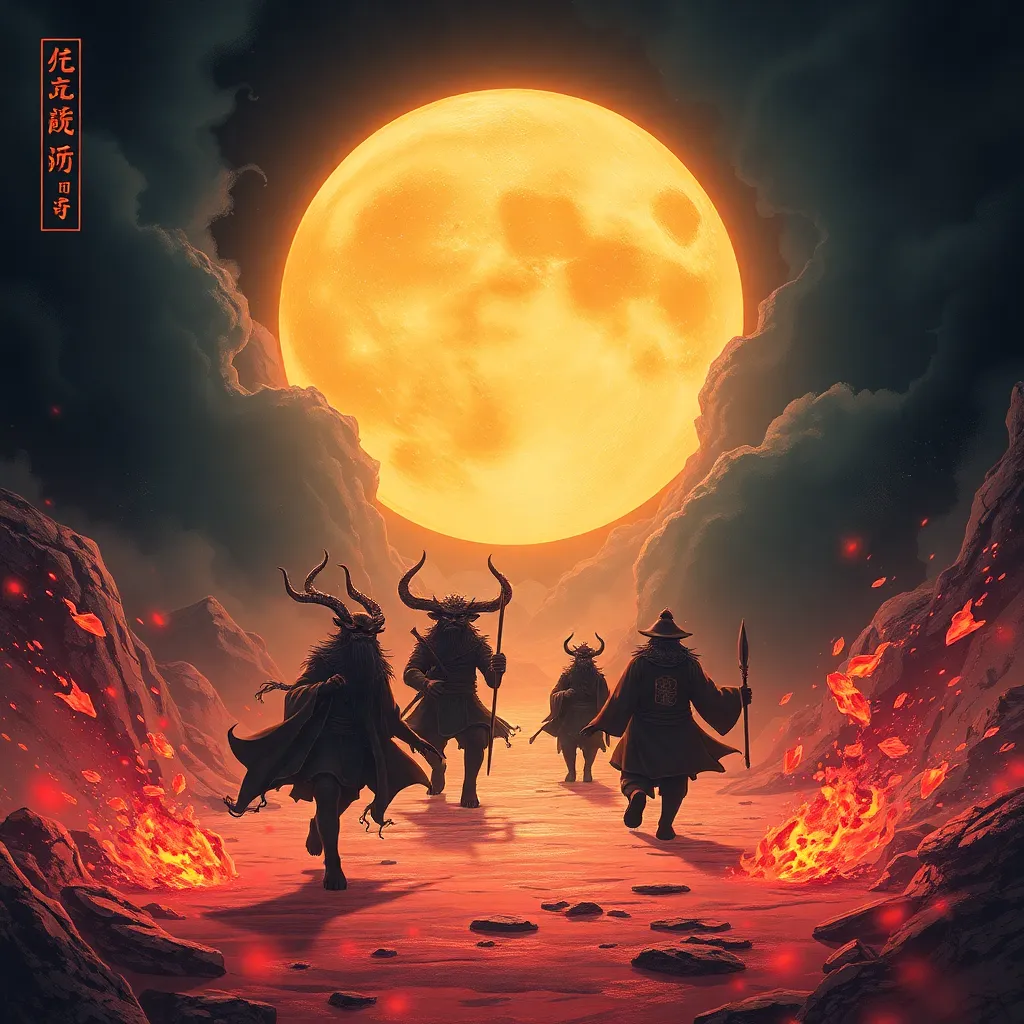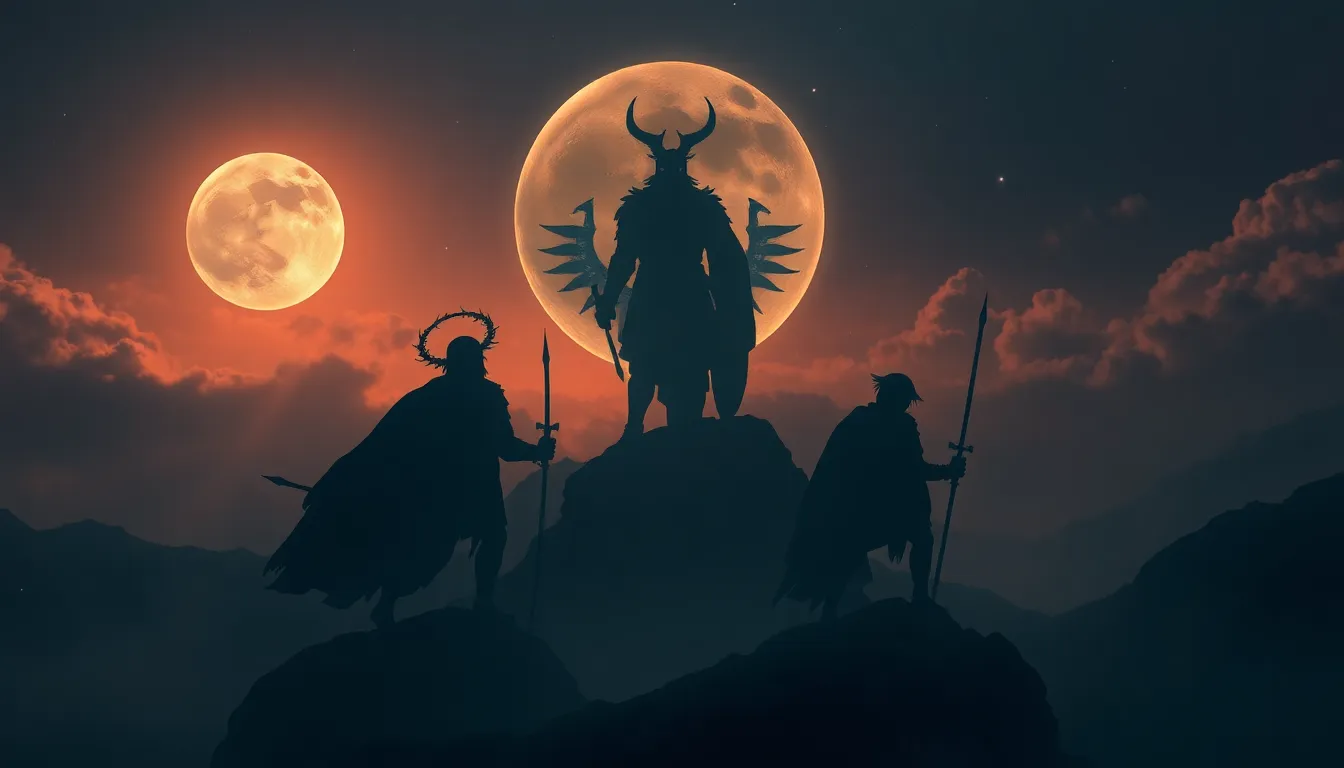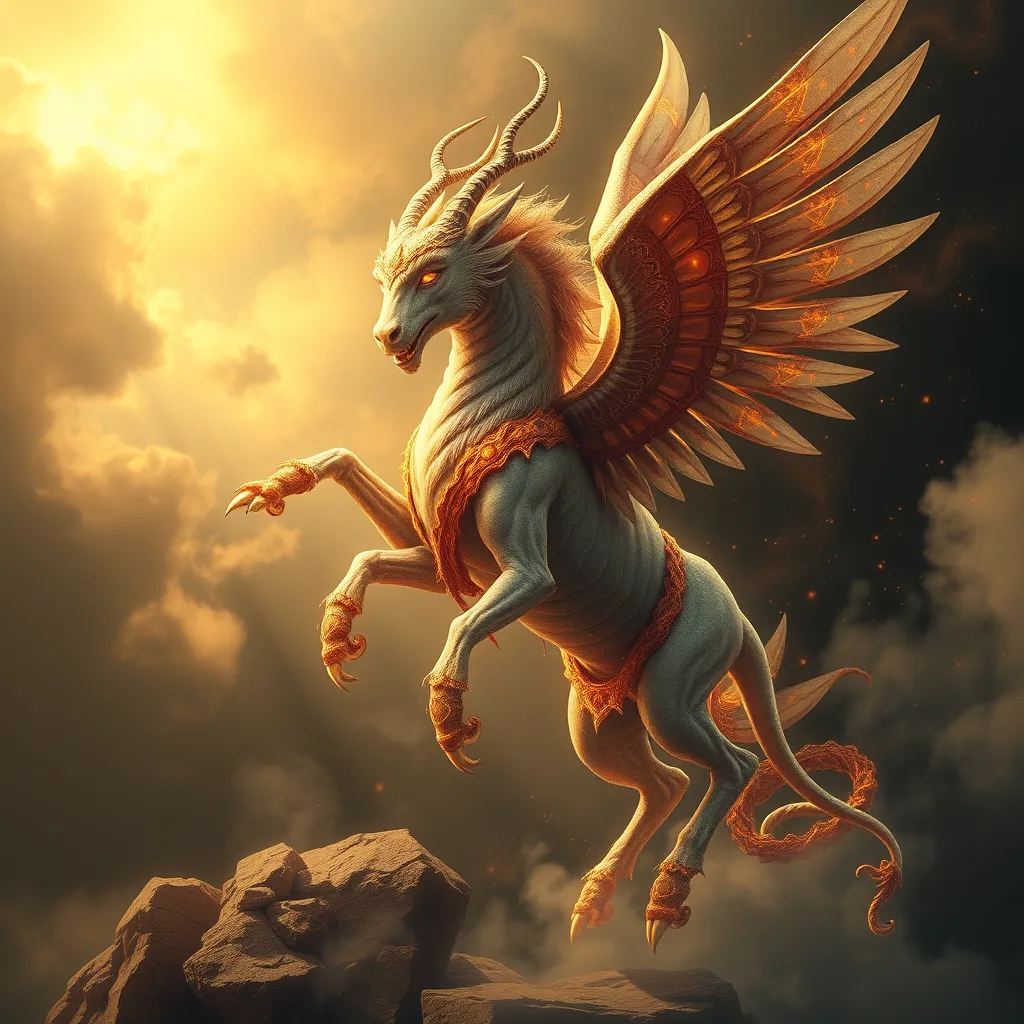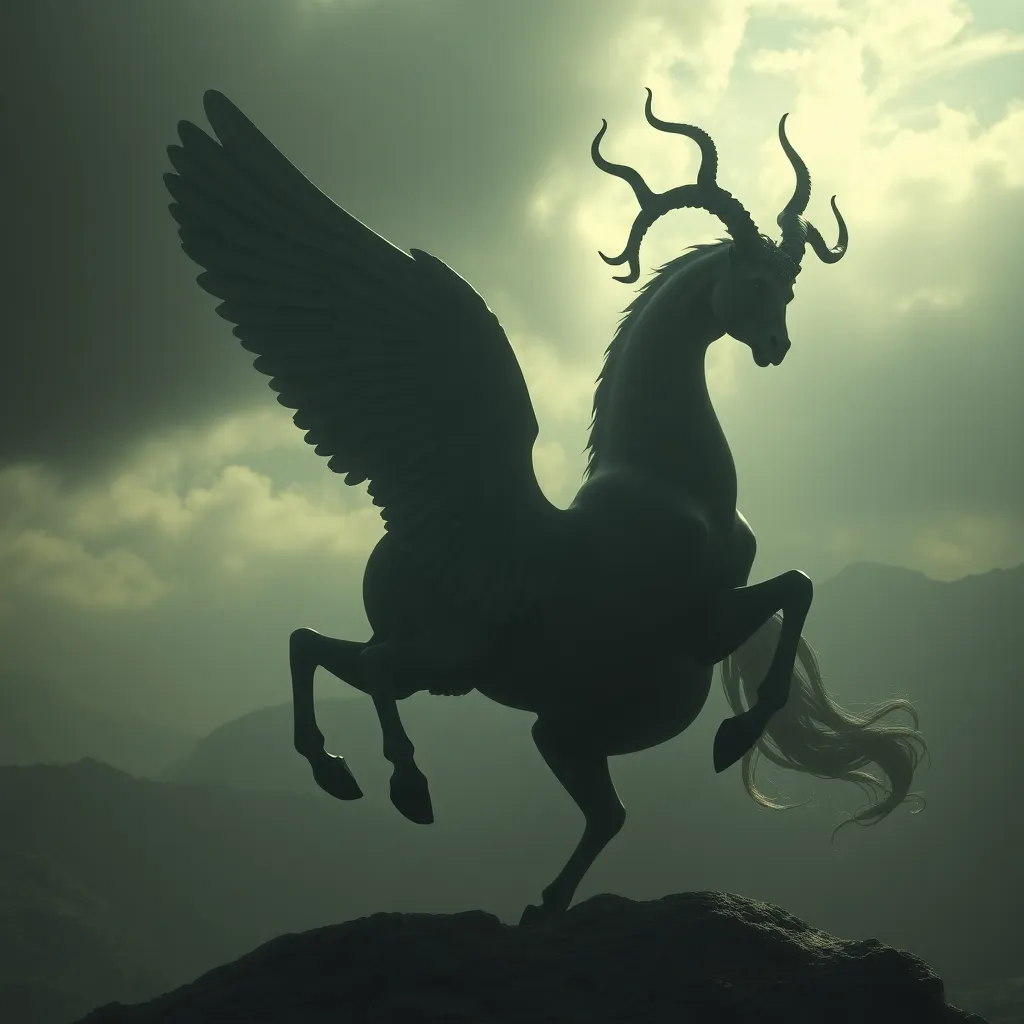The Oni’s Journey: Tracing the Path of the Oni in Chinese Mythology and Literature
I. Introduction to the Oni
The Oni, often depicted as a fearsome creature in East Asian folklore, has roots that trace back to early mythologies of the region. While the term ‘Oni’ is predominantly associated with Japanese culture, its origins and similar entities can be found within Chinese mythology as well.
In Chinese folklore, the Oni is often linked to various supernatural beings that embody both chaos and protection. These entities serve as vital symbols within myths and legends, contributing to the rich tapestry of Chinese cultural narratives.
This article aims to explore the evolution of the Oni, its representations in literature, and its cultural significance throughout history.
II. Historical Roots of the Oni in Chinese Mythology
Early references to Oni-like creatures can be found in ancient Chinese texts. These texts describe beings that possess both human and supernatural traits, often embodying the fears and moral lessons of society.
The Oni’s connections to other mythological beings, such as dragons and tigers, highlight the complexity of its character. These creatures often serve as guardians or harbingers of chaos, indicating a dual role that the Oni plays in mythology.
Cultural exchanges between China and neighboring regions have influenced the portrayal of the Oni. The spread of Buddhism, for example, introduced new demonological concepts that blended with indigenous beliefs, further enriching the character of the Oni.
III. Symbolism and Characteristics of the Oni
The Oni is characterized by a variety of traits and appearances that can differ significantly across regions. Common features include:
- Horns on the head
- Vibrant, often red or blue skin
- Fierce expressions and large fangs
- Claws that resemble those of wild animals
Symbolically, the Oni embodies a duality as both a harbinger of chaos and a protector. In some stories, it represents the darker aspects of human nature, while in others, it serves as a guardian against evil forces.
Regional variations also exist in the depiction of the Oni. In southern China, for instance, it may be portrayed more as a benign spirit, while in northern folklore, it is often depicted as a more malevolent force.
IV. The Oni in Classical Chinese Literature
Classical Chinese literature features several notable works that include Oni-like figures. For example:
- Journey to the West – While not explicitly named as Oni, the presence of various supernatural beings in this epic reflects the characteristics of the Oni.
- The Investiture of the Gods – This tale includes demon-like creatures with traits reminiscent of the Oni.
In these texts, the Oni often serves a significant role, acting as obstacles for heroes or embodiments of moral lessons. Their presence is not merely for entertainment; it often reflects societal fears and values.
Comparatively, other mythological figures, such as dragons and fox spirits, provide a contrasting view of supernatural beings, showcasing a spectrum of characterizations based on cultural narratives.
V. The Oni in Modern Chinese Narratives
In contemporary literature and media, the Oni has undergone considerable evolution. Modern authors reinterpret the Oni by integrating traditional attributes with new narratives that resonate with current societal themes.
For instance, in recent novels and films, the Oni may be portrayed as a misunderstood creature, reflecting themes of redemption and identity. This shift allows for a deeper exploration of the character and its relevance today.
Case studies of modern authors include:
- Yiyun Li – Her works often incorporate mythological elements, reimagining the Oni within the context of personal and collective identity.
- Chen Qiufan – In his sci-fi narratives, he blends traditional folklore with futuristic elements, bringing the Oni into the modern age.
The Oni’s impact extends into popular culture, influencing video games, movies, and art. Its representation in these mediums showcases the enduring fascination with mythological narratives and their adaptability.
VI. The Oni’s Cultural Significance in Society
The Oni plays a vital role in traditional festivals and rituals, often symbolizing the warding off of evil spirits. Celebrations like the Lunar New Year frequently feature Oni-like figures that serve to protect communities from misfortune.
In folklore, the Oni often conveys moral lessons, illustrating the consequences of human actions. Stories featuring the Oni typically emphasize themes such as justice, retribution, and the balance of good and evil.
Today, the Oni remains relevant in discussions about Chinese identity, particularly as communities navigate the complexities of modern life while holding onto traditional beliefs. The character of the Oni serves as a reminder of cultural heritage and the lessons embedded within it.
VII. Comparative Analysis: Oni in Chinese vs. Japanese Mythology
When comparing the Oni in Chinese and Japanese mythology, several similarities and differences emerge. Both cultures depict Oni as supernatural beings with often fearsome appearances; however, their roles and characteristics can vary significantly.
- Similarities:
- Both cultures share the concept of Oni as beings that can embody chaos.
- There is a common thread of Oni serving as protectors against evil.
- Differences:
- In Japanese folklore, Oni are often more malevolent and associated with punishment and suffering.
- Chinese representations may lean towards more nuanced portrayals, incorporating elements of redemption.
Cross-cultural interactions, particularly through trade and migration, have influenced the narratives surrounding the Oni, leading to adaptations that reflect local beliefs and practices.
VIII. Conclusion: The Enduring Legacy of the Oni
The Oni’s journey through history and literature exemplifies the dynamic nature of mythological narratives. From ancient texts to modern interpretations, the Oni has evolved while retaining its core characteristics.
Its continuing influence in modern storytelling highlights the importance of preserving such narratives, as they provide insight into cultural values and collective identities.
In conclusion, the Oni not only serves as a bridge between the past and present but also as a vital component of cultural expression that enriches our understanding of human experiences across generations.



